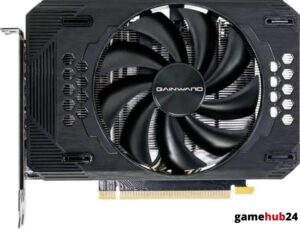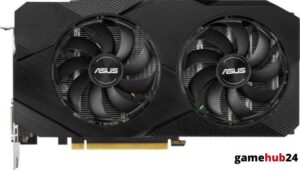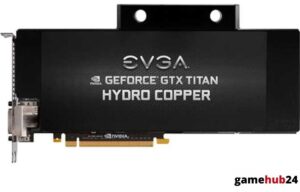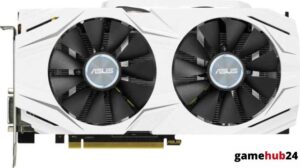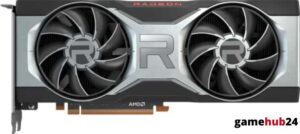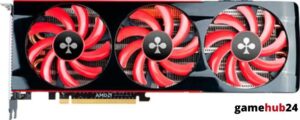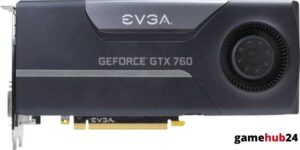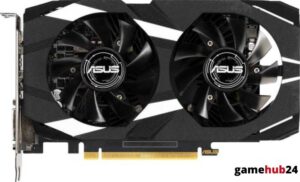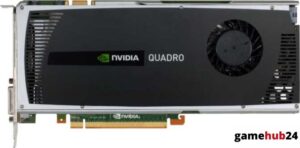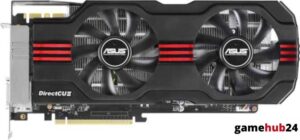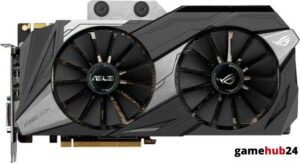Strong computing language OpenCL enables developers to leverage the power of various hardware platforms, including CPUs, GPUs, and DSPs. Recognize its importance in high-performance computing, parallel computing, and language compatibility.
The Khronos Group maintains OpenCL, an open standard that is a flexible tool for developers to produce portable, effective code for computationally demanding applications. Many people use it because of its interoperability with a variety of hardware platforms, such as AMD, Intel, and NVIDIA GPUs. The function of OpenCL in parallel computing enables the effective completion of jobs that can be divided into more manageable, separate components. Through the optimization of computational resources, it plays a crucial part in high-performance computing, resulting in notable gains in efficiency and performance. OpenCL’s adaptability is further enhanced by its compatibility with several computing languages, including CUDA, DirectX, OpenGL, and Vulkan.
- OpenCL is a framework for writing programs that execute across heterogeneous platforms.
- It plays a significant role in parallel computing and high-performance computing.
- OpenCL is compatible with a wide range of hardware platforms, including NVIDIA, AMD, and Intel GPUs.
- It can interact with other computing languages like CUDA, DirectX, OpenGL, and Vulkan.
- OpenCL is used in programming to write efficient, portable code for computationally intensive applications.
What is OpenCL and why is it important?
A framework called OpenCL, or Open Computing Language, enables programmers to create applications that run on a variety of systems. Digital signal processors (DSPs), graphics processing units (GPUs), central processing units (CPUs), and other processors and hardware accelerators are included in this. The power of OpenCL to leverage the parallel processing capacity of contemporary GPUs and multi-core CPUs to speed up the execution of computationally demanding applications is what makes it so important. The Khronos Group maintains it as an open standard, guaranteeing compatibility and wide industry support.
How does OpenCL relate to parallel computing?
Numerous calculations or activities can be run concurrently in a technique known as parallel computing. Because it offers a common interface for task- and data-based parallel computing, OpenCL is a major participant in this space. OpenCL enables the effective execution of jobs that can be divided into smaller, independent sections by utilizing the capability of both CPUs and GPUs. Because of this, it’s a vital tool in fields like 3D rendering, machine learning, and scientific computing.
What role does OpenCL play in high performance computing?
The main goals of high performance computing, or HPC, include handling massive amounts of data and quickly completing intricate computations. Because it offers a programming framework that enables the uniform exploitation of the capabilities of various processor types, OpenCL is essential to HPC. This makes it possible to optimize computational resources, which significantly boosts efficiency and performance in a variety of applications, from quantum physics simulations to weather forecasting.
Were you aware? After being developed by Apple initially, the Khronos Group took over and is currently responsible for maintaining the standard for OpenCL. This makes it one of the few significant computer technologies that was developed by Apple and is available from all hardware manufacturers, such as AMD, Nvidia, and Intel.
How does OpenCL compare with other computing languages?
OpenCL is frequently contrasted with other programming languages, such as OpenGL, DirectX, and CUDA. OpenCL is an open standard that works with a variety of hardware platforms, in contrast to these languages, which are proprietary and connected to particular hardware suppliers. For developers that need to produce fast and portable code for diverse systems, this makes it a more flexible and versatile option.
What are the differences between OpenCL and CUDA?
Although they both offer GPU programming APIs, OpenCL and CUDA differ significantly from one another. NVIDIA created the proprietary CUDA framework, which is limited to supporting NVIDIA GPUs. Conversely, NVIDIA, AMD, and Intel GPUs are just a few of the many hardware platforms that OpenCL, an open standard, supports. For developers who must build portable code for disparate systems, this makes OpenCL a more flexible option.
How does OpenCL interact with DirectX and OpenGL?
There are various uses for OpenCL, DirectX, and OpenGL in the computer industry. OpenCL is intended for general-purpose GPU computation, whereas DirectX and OpenGL are mostly used for rendering 2D and 3D graphics (GPGPU). OpenCL, on the other hand, can communicate with DirectX and OpenGL via shared resources, enabling programmers to effectively transfer data between graphics and computation jobs without the need for needless duplication.
Is OpenCL compatible with Vulkan from Khronos Group?
Indeed, Vulkan, another open standard from the Khronos Group, is compatible with OpenCL. Vulkan is a cutting-edge graphics and computing API that offers cross-platform, highly efficient access to contemporary GPUs. Because of their compatibility, OpenCL and Vulkan enable developers to leverage the best aspects of both APIs in a single application. The Khronos Group envisions a single, cross-platform standard for high-performance computing, and this interoperability is a crucial component of that vision.
Expert advice: It’s advised that you become acquainted with both the unique hardware architecture and the fundamentals of parallel computing before beginning any OpenCL programming. This will provide you a better understanding of how to maximize OpenCL’s capabilities and optimize your code.
What are the hardware requirements for OpenCL?
A broad variety of hardware platforms, including embedded and mobile devices as well as GPUs found in desktop and laptop computers, are compatible with OpenCL. Depending on the version of the standard being utilized and the particular capabilities needed by the application, different hardware requirements apply for OpenCL. But in order to run an OpenCL application, a device has to have a driver that is compliant with OpenCL 1.1 at the very least.
How does OpenCL work with NVIDIA and AMD GPUs?
OpenCL is compatible with both AMD and NVIDIA GPUs, offering a common programming interface for applications to run on these different hardware types. OpenCL drivers are offered by both NVIDIA and AMD, enabling programmers to create applications that are compatible with their respective GPUs. Because of this, parallel computations can be carried out effectively, which makes OpenCL an essential tool for GPU programming.
What is the role of multi-core processors in OpenCL?
OpenCL relies heavily on multi-core processors since they enable the simultaneous execution of numerous threads. By dividing jobs into smaller, independent components that can be performed concurrently on many cores, OpenCL makes use of this feature. Because of this, parallelized programs can achieve notable speed gains, which makes OpenCL a crucial tool for multi-core programming.
Can OpenCL be used with Intel’s GPU architecture?
Indeed, the GPU architecture from Intel is compatible with OpenCL. For its integrated GPUs, Intel offers OpenCL drivers, enabling programmers to create applications that leverage the parallel processing capacity of these hardware components. Because of this, OpenCL may be used to program on a variety of hardware platforms, including those driven by Intel.
How is OpenCL used in programming?
Programmers can create applications that run on several hardware platforms by using OpenCL. It offers a common programming language interface for building programs that make use of the parallel processing capacity of contemporary GPUs and multi-core CPUs. For developers who must design effective and portable code for computationally demanding applications, this makes it a potent tool.
How can OpenCL be implemented in C++ and C#?
By using bindings, OpenCL can be implemented in C++ and C#. Developers can write OpenCL code in a familiar syntax by using these bindings to call OpenCL functions from these languages. This facilitates utilizing the capabilities of contemporary hardware platforms and integrating OpenCL into already-existing applications.
What is the relationship between OpenCL and Python or Java?
Similar to C++ and C#, bindings are used to use OpenCL with Python and Java. It is now simpler to include OpenCL into applications created in Python or Java thanks to these bindings, which let developers write OpenCL code in these languages. As a result, a broader spectrum of developers can now harness the potential of parallel computing, enhancing OpenCL’s versatility as a high-performance computing platform.
How does OpenCL utilize shader language?
OpenCL makes use of kernels—functions written in a C99-based language—to leverage the shader language. These kernels can run on a range of hardware platforms and are compiled at runtime. Because of this, programmers may create code that runs on a variety of hardware platforms, which makes OpenCL an effective tool for GPU-based general-purpose computing.
What is the future of OpenCL in supercomputing and GPGPU?
OpenCL’s future in supercomputing and GPGPU is bright because it will always be an essential tool for programmers who have to produce portable and effective programs for these systems. OpenCL is anticipated to stay up with hardware evolution by offering a common programming interface that may leverage the most recent developments in parallel computing.
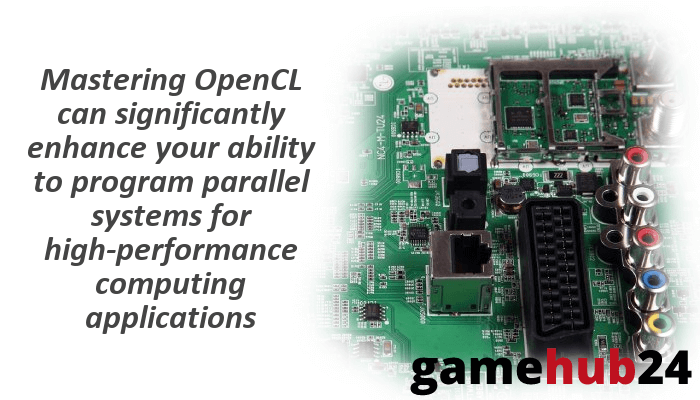
How is OpenCL contributing to the evolution of supercomputing?
OpenCL is advancing supercomputing by offering a common programming interface that leverages the capabilities of contemporary hardware platforms. OpenCL is advancing the creation of more potent and effective supercomputers by enabling programmers to write code that runs on a variety of processor architectures.
What is the role of OpenCL in the development of GPGPU?
OpenCL is essential to the development of GPGPU because it offers a common programming interface for utilizing the capabilities of contemporary GPUs. OpenCL is promoting the creation of more potent and effective GPU-based systems by enabling programmers to write code that runs on a variety of GPU types.


